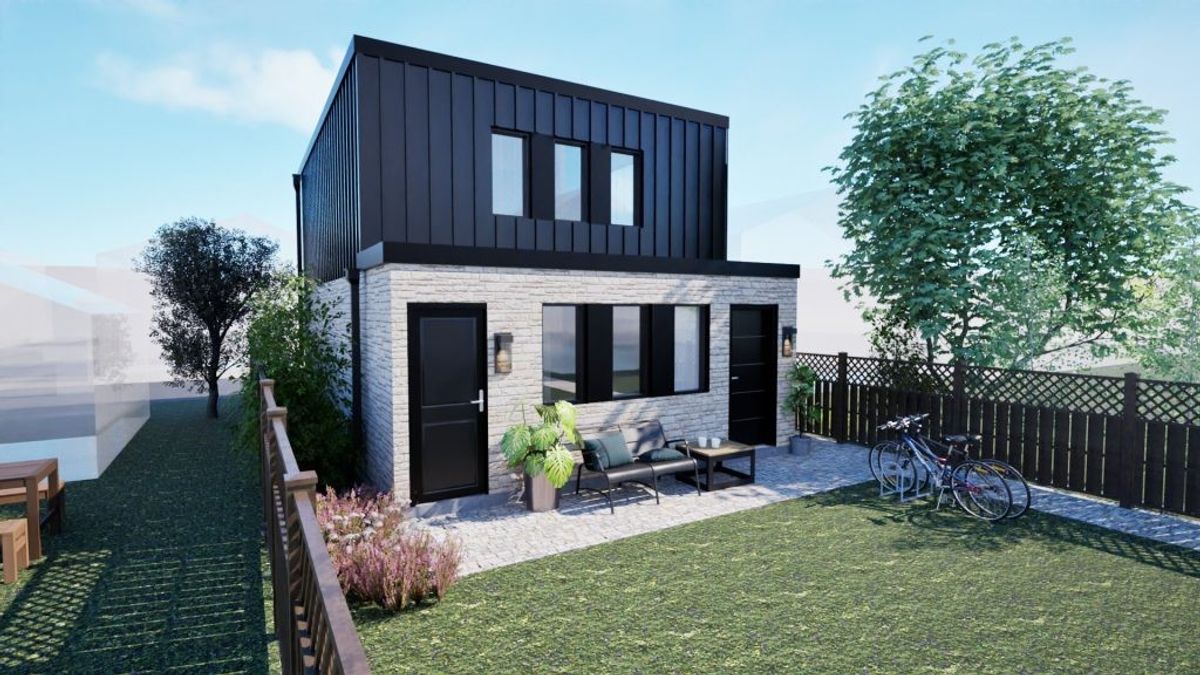Things are looking fairly good out there, and we're not talking about the weather. On Tuesday, the Real Estate Board of Greater Vancouver (REBGV) published its March statistics, and the market is certainly picking up after a slow start to the year.
In March, Greater Vancouver recorded a total of 2,511 home sales (REBGV reported 2,535 sales as it now includes multi-family and land sales in their total, but we have not included those to maintain consistency). This marks a 38.8% increase from the 1,808 recorded in February. Although March's total is well below both the 4,405 recorded in March 2022 and the running 10-year average of 3,540, REBGV says "home sales are making a stronger than expected spring showing so far, despite elevated borrowing costs."
In terms of listings, the region saw 4,317 new listings in March, up 24.5% from the 3,467 new listings in February. Again, the March total is well below the 6,690 new listings in March 2022 and 22.3% below the running 10-year average (5,553).
With those new listings, the total number of homes listed in Metro Vancouver is now 8,178 (8,617 including multi-family and land), up from 7,868 at the end of February. Although the current total is again well below the 10-year average of 10,421, it is an improvement compared to March 2022's total of 7,970.
"If home sellers remain on the sidelines, monthly MLS sales figures will continue to appear lower than historical averages as we move toward summer," said REBGV Director of Economics and Data Analytics Andrew Lis. "But it's important to recognize the chicken-and-egg nature of these statistics. The number of sales in any given month is partially determined by the number of homes that come to market that month, along with the inventory of unsold homes listed in previous months."
The Market Lean
With increased activity now, are there any indications that the market is favouring either buyers or sellers?
Using the above statistics, we can determine both the sales-to-active-listings ratio and the sales-to-new-listings ratio, which are two quantitative indicators that can give us a sense of the market lean.
With the sales-to-active-listings ratio, a ratio under 12% is viewed as favouring buyers, a ratio over 20% is considered as a lean towards sellers, and anything in between is typically an indicator of market balance.
As March saw 2,511 sales and the number of currently-active listings is now at 8,178, the sales-to-active-listings ratio is now 30.7%, a sizeable jump from the 23.0% last month, indicating movement towards favouring sellers.
That remains true when looking a bit deeper, at the various property types. The sales-to-active-listings ratio is now 23.3% for single-detached homes, 36.7% for townhouses, and 34.9% for condominiums, all of which are noticeable increases (from 16.8%, 30.1%, and 25.8%, respectively) compared to last month.

With the sales-to-new-listings ratio, a ratio below 40% is considered to be favouring buyers, a ratio over 55% as favouring sellers, and anything in between as favouring neither.
After recording 2,511 sales and 4,317 new listings in March, the sales-to-new-listings ratio is now 58.2%, after landing at 52.1% last month, again confirming that the Greater Vancouver real estate market may currently be favouring sellers.
READ: "A Turning Point": Fraser Valley Real Estate Market Building Momentum
Prices See Modest Increases
"On the pricing side, the spring market is already on track to outpace our 2023 forecast, which anticipated modest price increases of about 1% to 2% across all product types," Lis said. "The surprising part of this recent activity is that these price increases are occurring against a backdrop of elevated borrowing costs, below-average sales, and new listing activity that continues to suggest that sellers are awaiting more favorable market conditions."
The composite residential benchmark price in Metro Vancouver is now at $1,143,900, a 1.8% increase from the $1,123,400 after February. The benchmark price now, however, is still about 9.5% lower when compared to this time last year.
By property type, the benchmark price is now $1,861,800 for single-detached homes, $1,056,400 for townhouses, and $737,400 for condominiums. All three prices represent decreases compared to this time last year, but are all increase from last month.
REBGV points out that their historical data has shown that downward pressure on home prices typically happens when the sales-to-active-listings ratio stays below 12% for an extended period of time, while upward pressure tends to occurs when the ratio remains above 20% for several months.
As mentioned, the ratio was 23.0% last month, is now 30.7%, and we're now heading into what is usually the most active time of the year, so we could very well be continuing on this upward trajectory in the months to come.





















